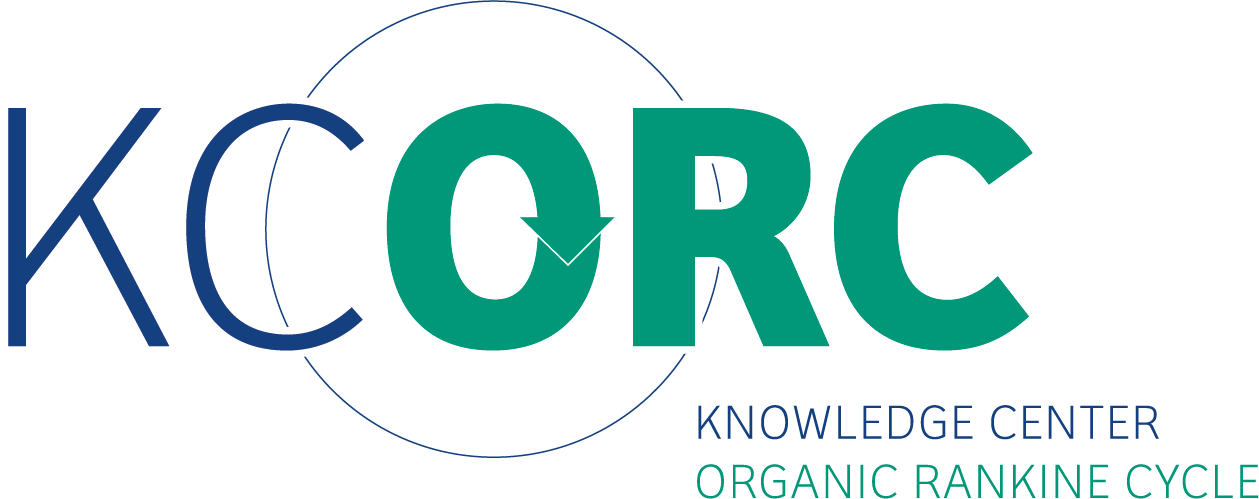Last week Advisor to the board, Prof. Piero Colonna, represented the KCORC at two critical EU events to discuss the importance of thermal energy harvesting technologies and waste heat to power (WH2P) in particular.
These activities were particularly important to discuss and share the outcomes of the white paper completed by the Thermal Energy Harvesting Advocacy Group (TEHAG) of the KCORC titled “Thermal Energy Harvesting – the Path to Tapping into a Large CO2-free European Power Source”.
On Wednesday 9th November Prof Colonna participated in a panel discussion at the 16th SET Plan Conference focusing on ‘Cutting industry emission through energy efficiency & integration of renewables’. The outcome of this conference will inform decisions of the governing bodies regarding energy policy in the European Union.
Within the panel discussion, Prof Colonna provided insight into how ORC technologies can be used to improve the efficiency of industry alongside key challenges. He addressed the electricity generation potential from waste heat to power systems within the EU with the goal of reducing CO2 emissions and improving energy resiliency. He also discussed the role of standardisation, the need to kick-start investment in the technology, and the need for clear and simple policy that is more uniform across different countries.
On Friday 11th November he participated in the Decarbonisation of Energy Intensive Industries (Decarb 2022) conference with a talk titled ‘ORC technology for waste heat recovery in the energy intensive industry’. This was an important opportunity to reach out to potential users of WH2P and to inform them of the upcoming KCORC workshop on this topic, where ORC power plant suppliers, representatives of energy intensive industry and government and EU officials will meet.
Below you can watch a short snippet from the panel discussion from the 16th SET Plan Conference. The full panel session can be viewed by clicking here.
WANT TO FIND OUT MORE?
You can read more about thermal energy harvesting, and waste heat to power, in the TEHAG white paper. This can be obtained by clicking here.

